We are offering the following webinars in October of 2018: Getting More from FamilySearch Organizing Online Searches Creating Families from pre-1850 Census Records Details on our announcement page.
No matter how long you’ve researched and how adept you are at locating, interpreting, and understanding records, it is always a good idea to communicate with someone familiar with the resources in a location where you’ve never done research before. That “new” county may organize materials in a slightly different fashion, have a finding aid you’ve never encountered, or have other “issues” with their records that may hinder your research if you are unaware of them. That local may know things about the location that are not “common” knowledge, be aware of others who could be able to assist you, and may give you suggestions on navigating the materials in their local area. It’s a mistake to assume that just because you are familiar with records in some […]
No matter how common or easy to spell a name may appear to be, it can always be spelled in an atypical way. A correspondent told me there was a homestead entry for Eliza Ramsey in Saunders County, Nebraska. It took me a while to find it–Ramsey easily gets rendered incorrectly as Rumsey. After spending some time thinking maybe the document was filed under her husband’s name of Harrison or under “Eli,” the entry was finally located under the spelling of “Rhamsey.” It doesn’t really sound any different–“h” is one of those silent letters. Of course this is the only document I’ve found on Eliza or her husband that uses this spelling, but now I’ll keep in it mind. There’s more on this homestead entry in my Rootdig blog.
Avoid jumping to a conclusion based on one document or a statement made by another researcher. This is particularly helpful when things don’t make sense or seem a little off. A correspondent told me that a relative was a bigamist, marrying his second wife after his first wife apparently was too old to have children. The document he sent me was admittedly somewhat confusing, but confusion doesn’t mean that the ancestor in question was married more than once. Further research indicated that the ancestor was not a bigamist at all, but instead had named his oldest son after himself. It was the oldest son who married the woman that my correspondent thought was the ancestor’s “secret family.”
Sometimes records are only accessible onsite and travel is not an option. Sometimes records are in a foreign language and someone who can read and translate them is necessary. Sometimes things just don’t make sense and you need someone with expertise and experience to review your materials and make suggestions or do some research. Before you even consider hiring a professional: organize what you have–go through it, put it together, find the “sources,” transcribe it, summarize it see if there are other ways to access the records you need see if there’s a Facebook group, email list, or other group where you can post your questions–or get suggestions for someone who may be able to help see if you can translate the records yourself--but make certain you are […]
If late in their lives, you can’t trace one of your older relatives, consider the possibility that Grandma moved in with one of her children or grandchildren. This could easily have been a distance from where she lived most of her life and where her husband is buried. It is also possible that a “disappearing” grandparent moved near one of their own siblings instead of one of their own chidlren. It’s also possible that your “disappearing” older relatives moved away and did not live near any of their children as a pair of mine did in the 1870s. And if the census was taken before 1850 in the United States, that older relative may be hiding in one of those tic marks in the census enumeration of their […]
We’ve released our 2018 version of “Tightwad Genealogy.” If you ordered and did not receive download information, please let me know and I’ll send the download. If you didn’t order there’s more detail on our announcement page.
We’ve set the dates for my annual research trip to Salt Lake City, Utah’s Family History Library. Details have been posted to our website.
There may be more than one repository that has the exact same record. Some vital records were recorded at the local and state level. Some records may have been microfilmed or digitized and available in repositories other than the one that holds the original record. Those duplicated items may occasionally omit a record or have a blurry image. That’s a time to go back and view the original if possible, but many times the duplicate images are completely readable and usable. Those duplicates may be cheaper or easier to access than the original. Your source citation should always indicate if you used an image copy or the original–that way you don’t “go back to find the ‘original’ when that was what you used in the first place. Finding […]
One of the best ways to become more efficient at genealogical research is to learn something new on a regular basis. Learn about sources you were not aware of. Learn about inheritance law in the state where your ancestor lived. Read the act under which your relative applied for a pension. Learn something about your ancestor’s ethnic group. There is a lot to learn. Regularly learning was one of the “tightwad genealogy” skills I discussed recently in that presentation–but it certainly was not the only one. I even suggested keeping a “learning diary” of what genealogical items you’d learned. That would help you remember them and remind you of when the last time was your grew your genealogy brain.
Yesterday’s tip was about “baking the genealogy cake.” If that seems like too large of a task, try making genealogy cupcakes instead: write about one ancestor or one family–not all their descendants organize what you have on one relative go through one family’s pictures etc. It’s not necessary to do it all at once, and something is better than nothing. A great way to get started is to put the documents of one ancestor in chronological order and summarize what they say about that one ancestor. It’s not the most literary approach, but it is better than nothing.
In some cases your family history research may never be finished. It’s a fact of research. The best bet is to write up and organize what you have now, before it is too late. Even if your research is incomplete, leaving behind a written up discussion of your research process (with citations–even if not perfect–the world will not end) and your conclusions is better than leaving a pile (or a hard drive) full of unorganized and un-analyzed material. Later researchers can build upon what you have done. Just start putting things together. Genealogy is the cake batter that’s never “quite ready for the oven.” Sometimes you just have to bake it. This metaphor may be half-baked, but hopefully readers get the point. If you find more information, just […]
I spent a considerable amount of time working on the origins of a female relative in the county where she married in Illinois the 1840s. I searched the 1840 and 1850 census manually to see if there were potential relatives there. Not a one. It turned out that her family was only in the county for a few years–long enough for her to meet a man and marry. Shortly after her marriage, her parents and siblings took off for a new location. While looking in the area for her family was the right thing to do, sometimes you have to realize that they may have only been there for just long enough “to leave one record” and then move on. Some people do “flit” from one location to […]
“Heir-at-law” is usually a specific term defined in state statute. Who qualifies as an “heir-at-law” depends upon the family structure of the individual who has died and state statute. In this illustration the father is listed as an heir-at-law. Reference to state statute would be needed to be 100% certain, but parents are typically not heirs if the deceased left descendants. This reference to the father as an heir would indicate (at least initially) that Andrew Ramsey probably had no descendants. Andrew could have had siblings and they probably would have been heirs-at-law as well. Probably.
Remember that the census we use today was not the one on which the census taker took his “original” enumeration. The census copy that was microfilmed, and eventually digitized, was the “clean” copy that was written by the census taker after he finished taking the census. He used his field notes to make the good copy that we use today. Any chance there was something in his field notes he couldn’t read? And what was the chance that he went down and asked for clarification on an age or place of birth?
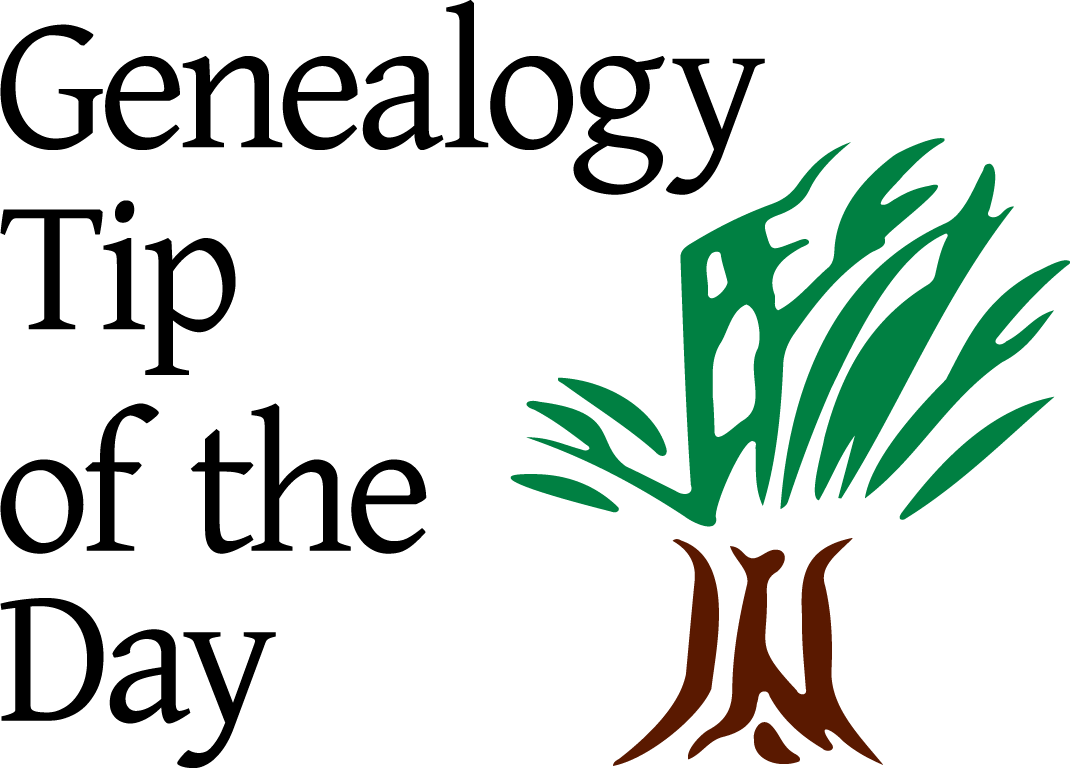
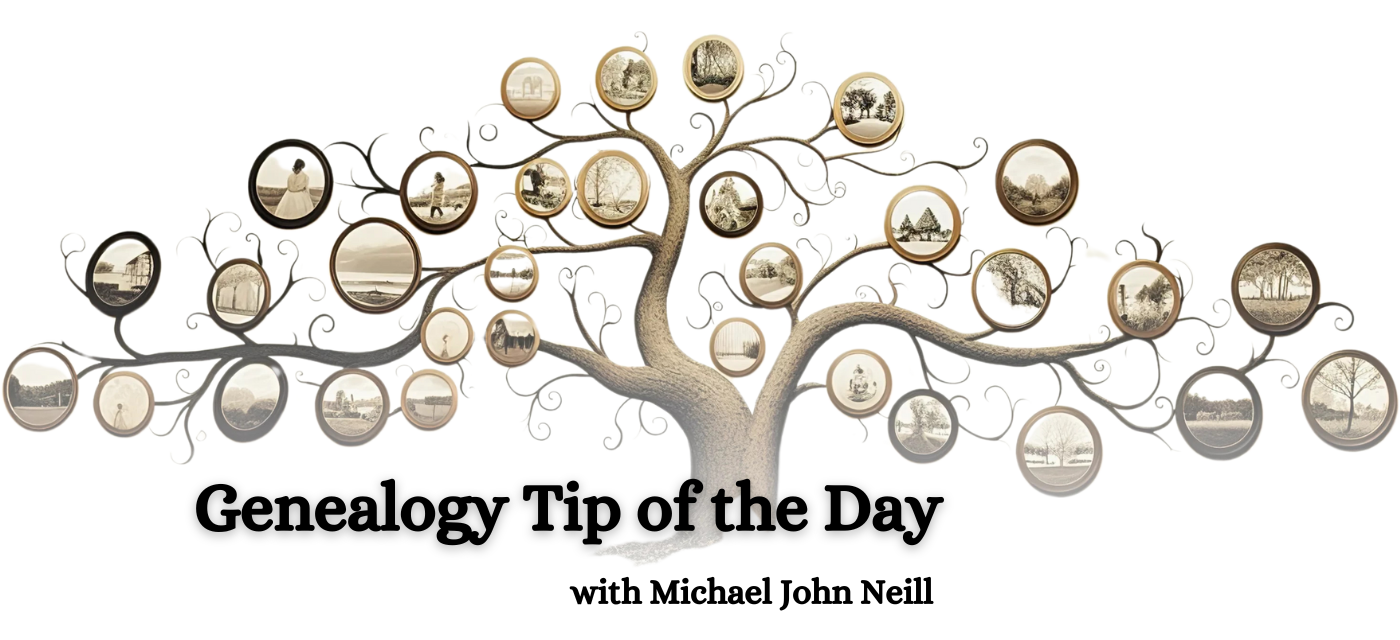
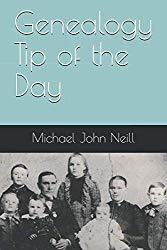
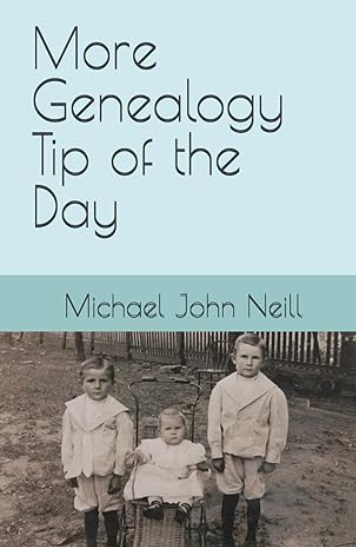


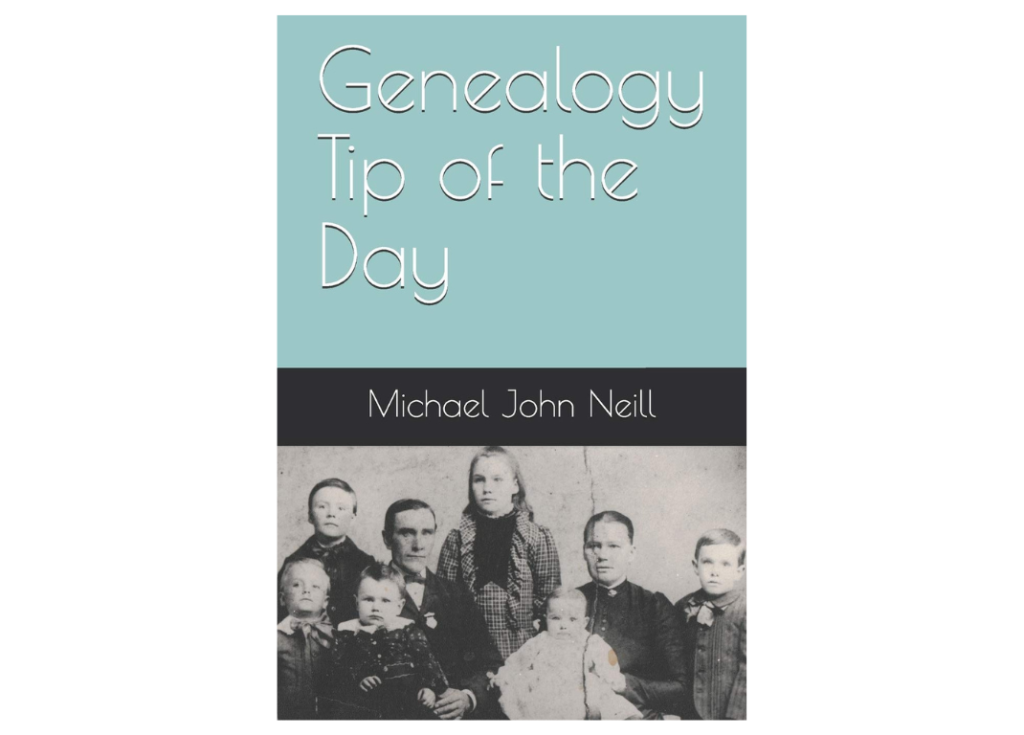
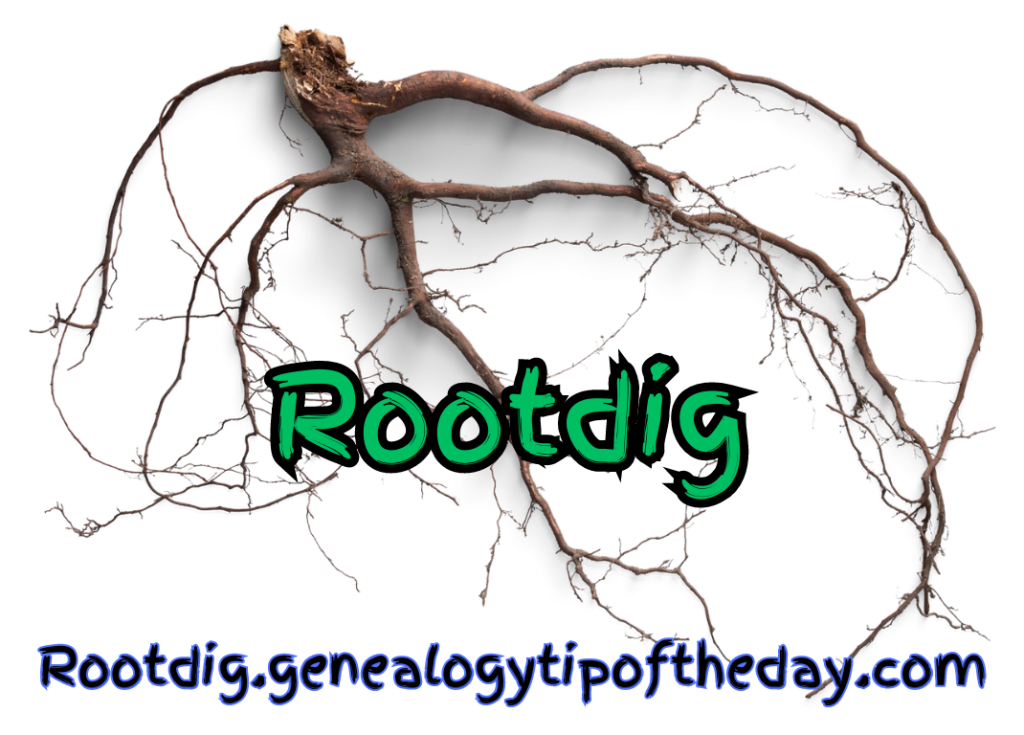

Recent Comments